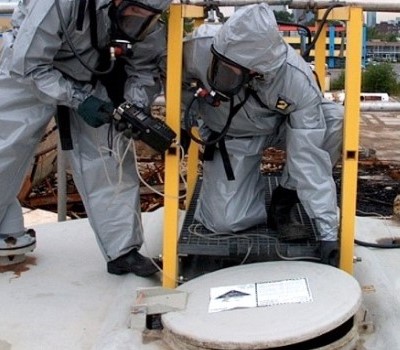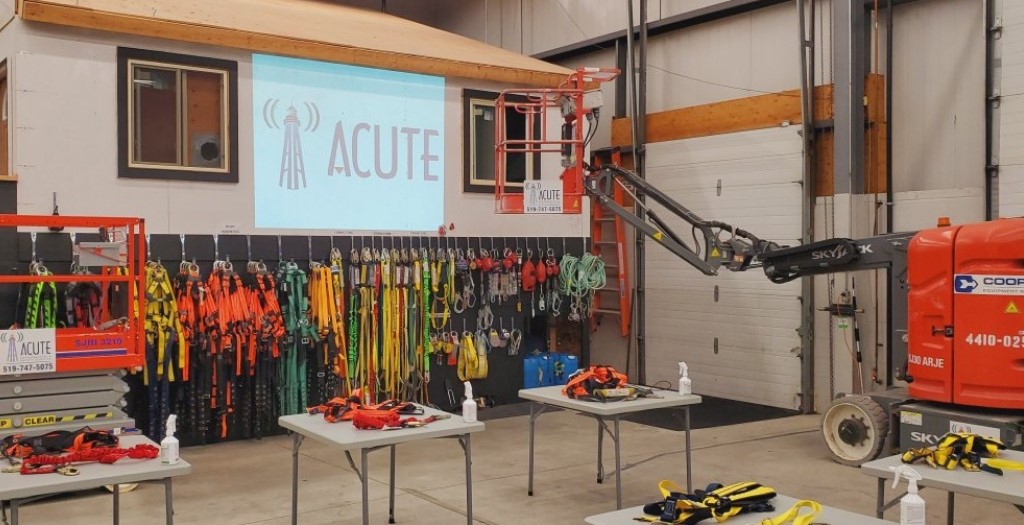Here is a list of the top confined space entry FAQ. Click on each question to reveal the answer. If you need confined space training, contact us.
Confined Space Entry FAQ

Confined Space Entry FAQ: Is it mandatory? Yes

A confined space is any partially or fully enclosed space that is not designed or constructed for continuous human occupancy
Take Your Confined Space Training at Our World-Class Facility

If you are looking for the best confined space training, book with ACUTE. You can choose to train at our world-class training facility or if you prefer, we can come to your site to do your training.
ACUTE is dedicated to workplace safety and understands the importance of course and training provider approval.
Why get workplace safety training with ACUTE?
Here are just some of the benefits of working with ACUTE:
- Open Door Instructor-Student Partnership – ACUTE’s training services emphasize client participation, staff foster relationships with clients and serve as a touchstone for advice anytime moving forward.
- Serving Your Team and Industry – With a vast array of clients in manufacturing, construction, health, academic, and government sectors, ACUTE brings the best safety practices from across the spectrum to your workplace.
- 100 Years Combined Experience – ACUTE provides comprehensive health and safety training, on-site safety services, and consulting services. With over 100 years of combined experience, our company staff offers more than theoretical or abstract ideas. ACUTE offers solutions!
- Track Record of Success – ACUTE has rated 4.9/5 stars on Google reviews, demonstrating a commitment to our clients, quality, and passion for training.

Hours of Operation
Monday – Friday: 8:00am-5:00pm
Saturday – Sunday: Closed


